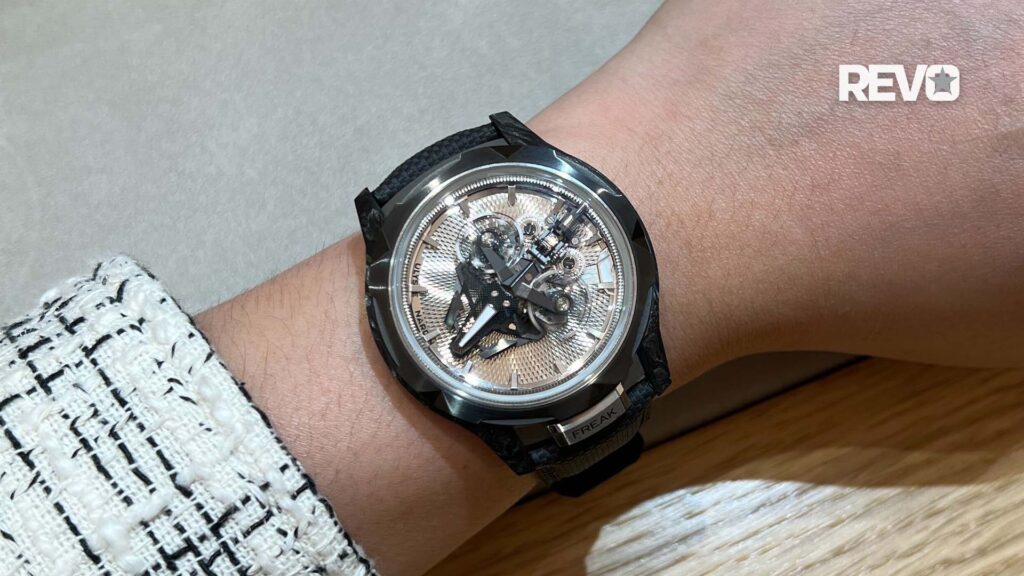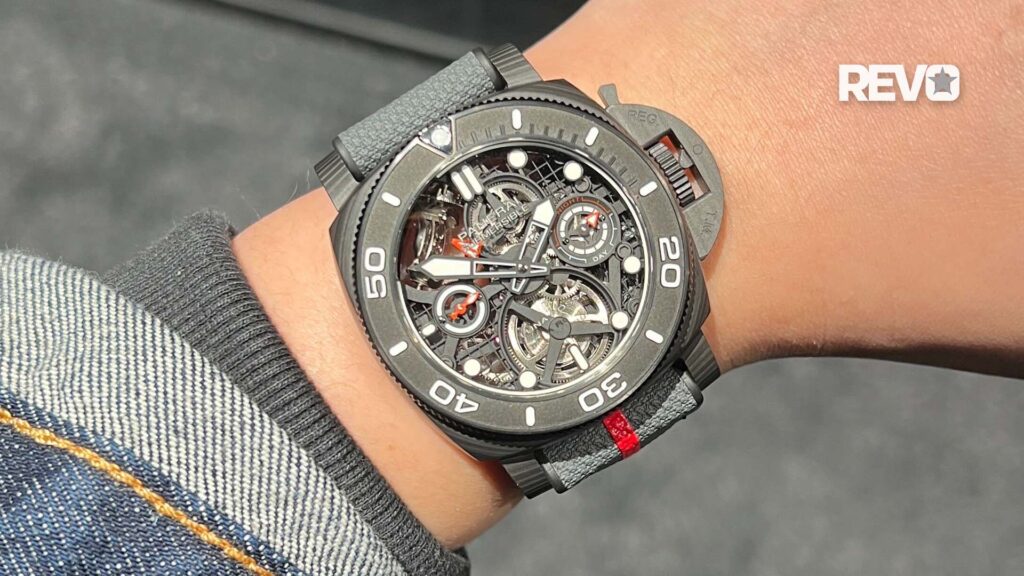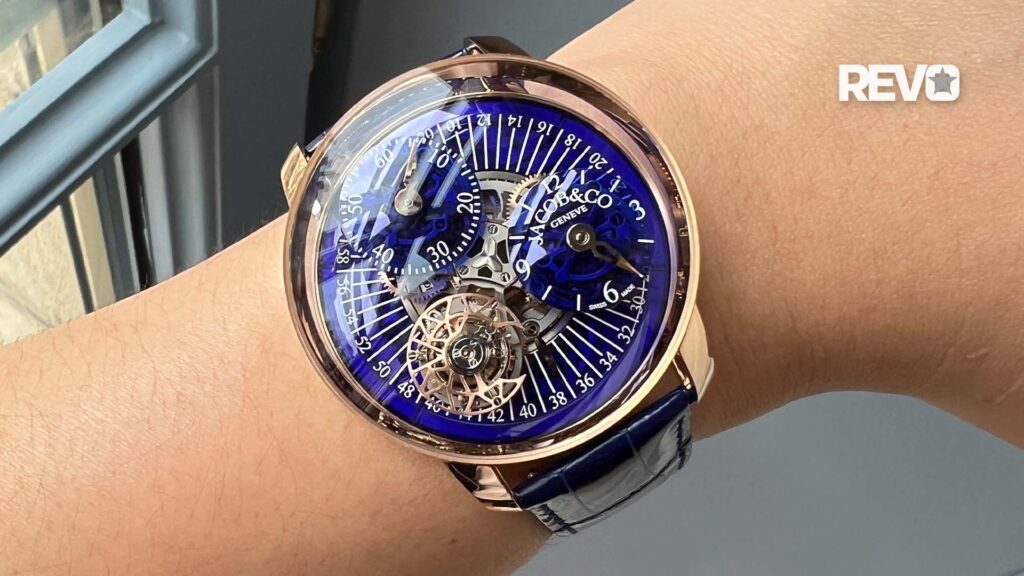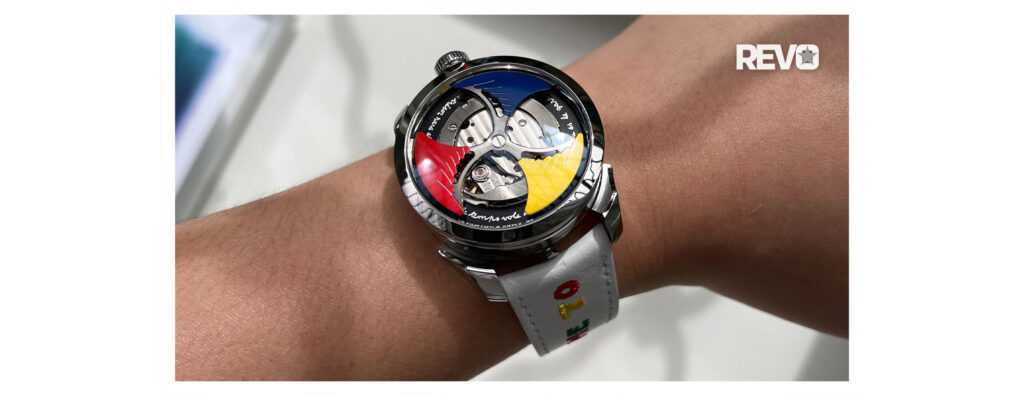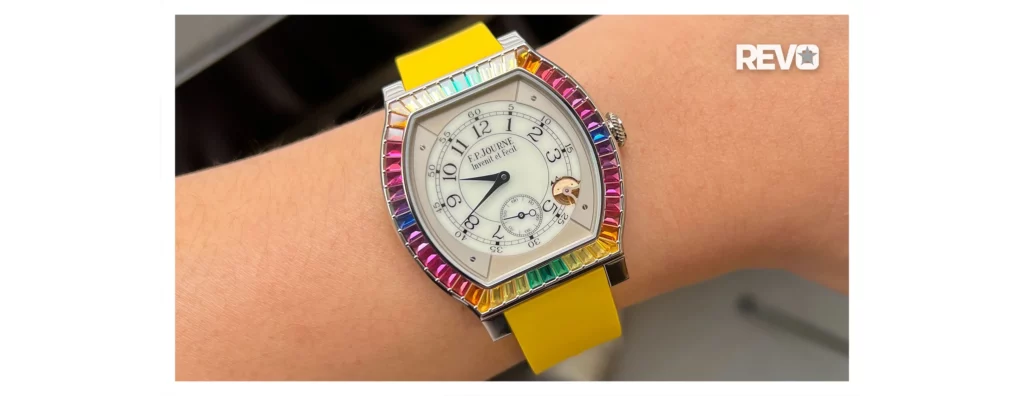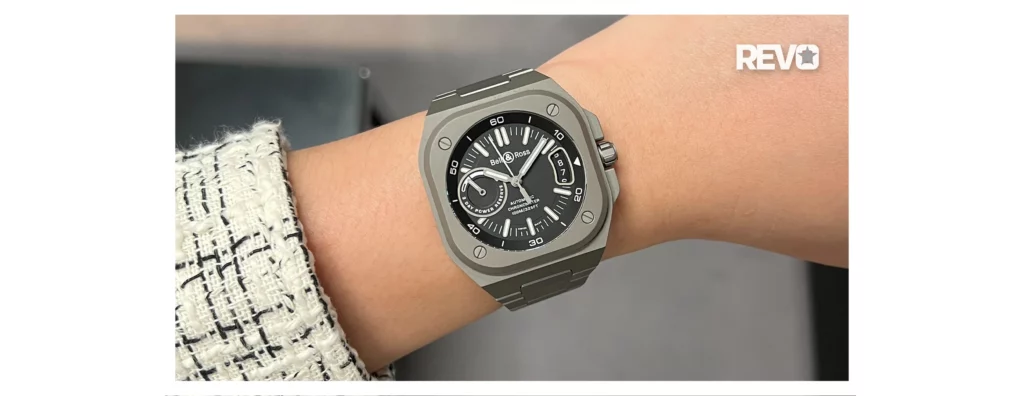Bulgari
Introducing the Bulgari Octo Finissimo Tuscan Copper
The Low-Down
The Octo Finissimo has been an eye catching, category defining timepiece since it was first released in 2014. With its multidimensional case and near decade of record shattering iterations, it’s a collection that will be both lauded for its audacity and studied for the sophistication of its design for years to come. This year Bulgari brings us the Octo Finissimo Tuscan Copper, a subtle, contemplative, yet still no less striking example of just how dynamic the Octo truly can be. “But where does 16th century art come into frame” you might say? Where else, but with color.
Colors became bolder, more vibrant and flowing like the fabric of the robes they were used to depict. Scenes of Biblical and historical import were depicted not in the confined, structured narrative forms that had been seen in the works of Raphael or Botticelli, but instead were splayed out in dynamic, sometimes violent torrents of emotion, color and action – mirroring the chaos of the day. Amidst these students of the Florentine school was an artist by the name of Jacopo da Pontormo.
It is from out the works of this man that Fabrizo Buonamassa Stigliani found inspiration to create the dial on the Octo Finissimo Tuscan Copper, its soft pink pastel tone and subtle sunray finishing glistening with metallic vigor. The case itself is slim elegant, a mere 6.4, with the finely finished automatic micro-rotor movement prominently displayed through an exhibition caseback. Rhodium plated hands and indices adorn the dial in keeping with the traditional layout of the reference.
IMHO
Inspiration in watchmaking is something that is often discussed at great length in presentations and marketing materials. Sometimes it is obvious, etched in the very texture of a dial like an ocean’s waves or fields of grass. Other times the source of a design is less evident, requiring a closer look or a more considered interpretation. But which approach is superior? Should it be blazoned across a dial like a blinking billboard or should it be softly and subtly woven into the fabric of a design like golden thread in a tapestry? That is to say – does inspiration need to be directly represented or reflected in the art that it ignited in order to be deemed valid?

Perhaps the kinship that connects the works of Pontormo and the Octo Finissimo is less about the qualities of a specific color palette, and more that they both sought to shed the conventions of the traditional designs of their day. Choosing instead to play with line and dimension to elicit a shift in both perspective and emotional response. Or, perhaps, the unifying factor is they both sang to Fabrizio Buonamassa Stigliani as the Muse has sung to so many before and, with any luck, will sing to many more again.
Tech Specs
Bulgari Octo Finissimo Tuscan Copper Ref. 103856
Movement: Ultra-thin mechanical self-winding Manufacture movement, Caliber BVL 138 with micro-rotor (2.23mm in thickness); hours, minutes, small seconds counter at 7 o’clock; 60-hour power reserve; frequency 21,600 vph (3 Hz)
Case and Dial: Steel case, 40mm in diameter, 6.40mm thin; metallic “Tuscan copper” sunray-finished dial, rhodium-plated applied indexes; steel screw-down crown with ceramic insert; transparent case back; water resistant to 10 ATM, 100 meters
Bracelet: Satin-polished stainless-steel bracelet with integrated folding clasp
Price and availability: Limited to 50 pieces in North America, USD 13,300




